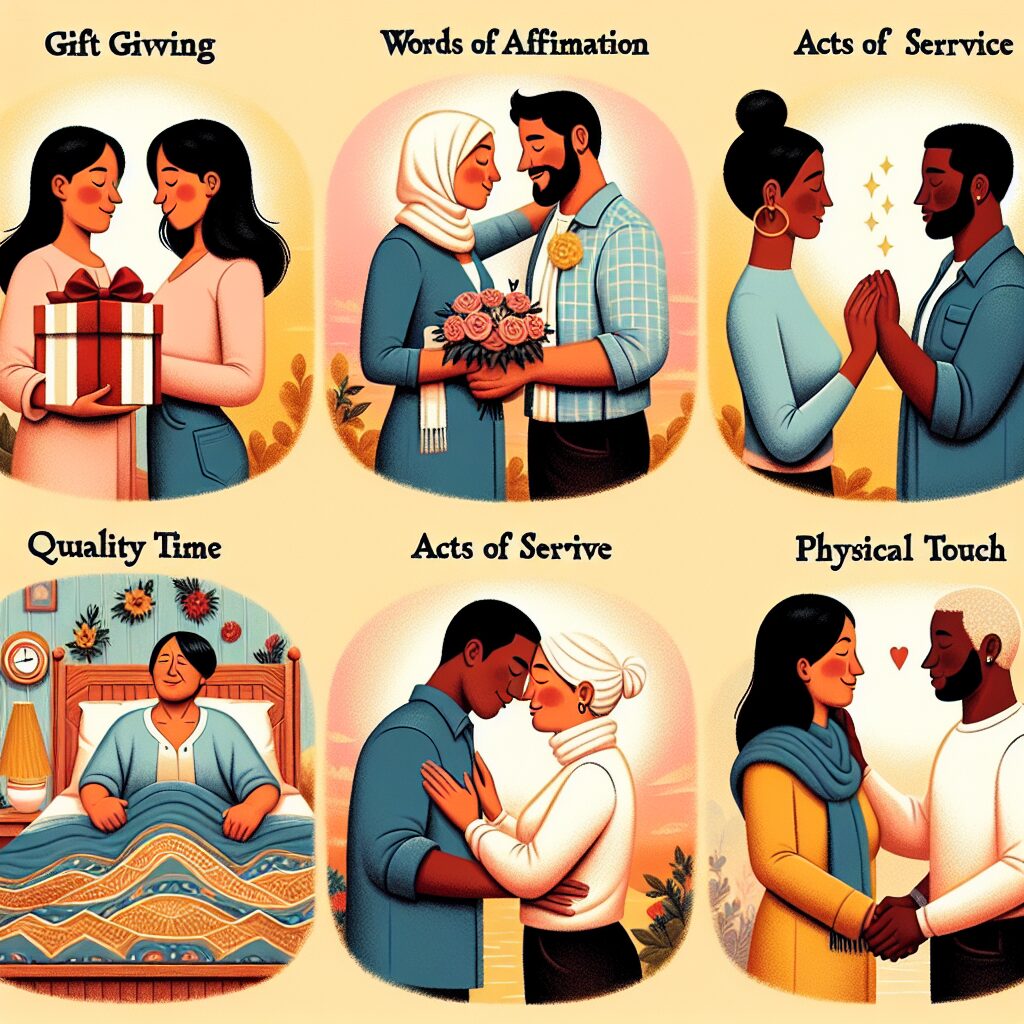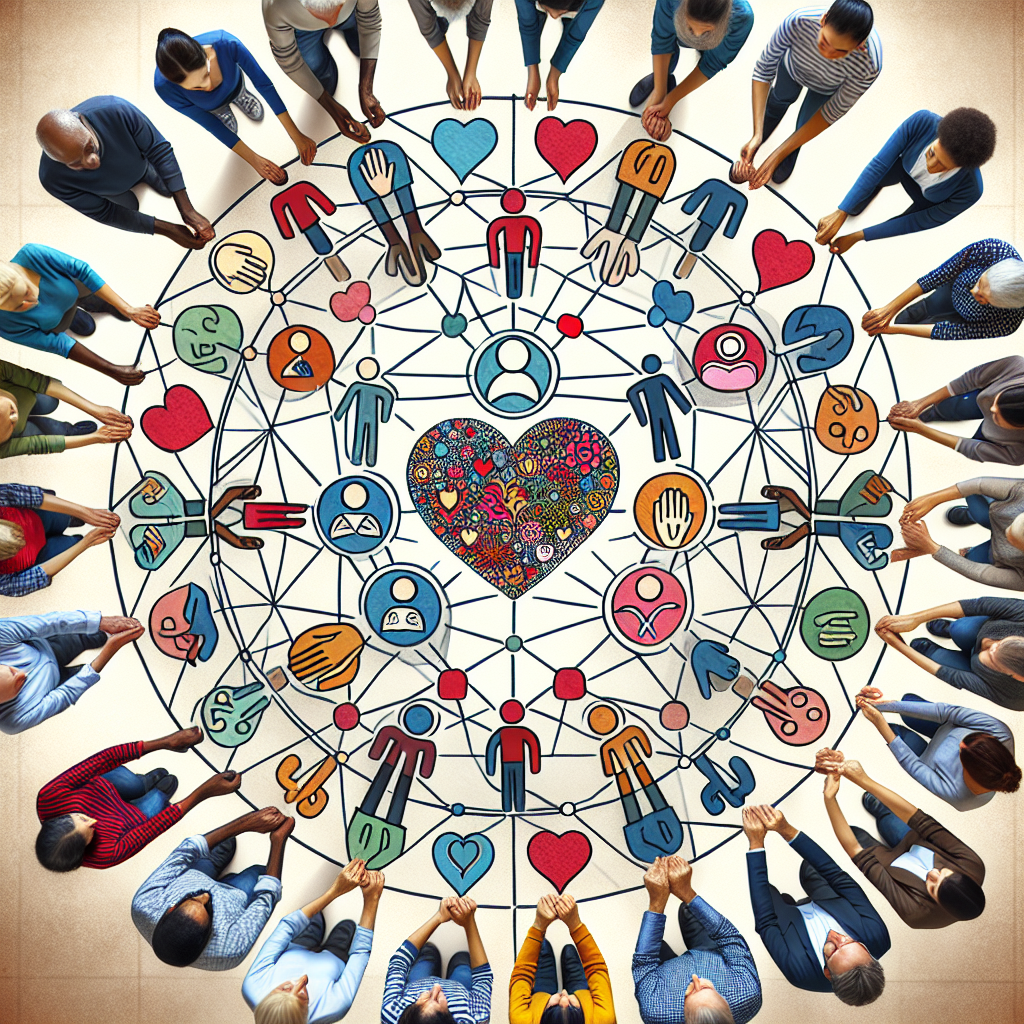
The Importance of Understanding Love Languages in Relationships
Love Languages: Expressing and Receiving Love in Personal Relationships
Love is a universal language that transcends boundaries and connects people on a deep emotional level. However, not everyone expresses and receives love in the same way. Understanding and speaking your partner’s love language is crucial for a healthy and fulfilling relationship. In this article, we will explore the importance of understanding love languages in relationships and how it can enhance the bond between partners.
Imagine this scenario: you and your partner have been together for a while, and you genuinely care for each other. However, you often find yourself feeling unappreciated or misunderstood. You may be expressing your love in a way that resonates with you, but it might not be the same for your partner. This is where love languages come into play.
Love languages, as coined by Dr. Gary Chapman, are the different ways in which individuals express and receive love. According to Chapman, there are five primary love languages: words of affirmation, acts of service, receiving gifts, quality time, and physical touch. Each person has a dominant love language, and understanding your partner’s love language can significantly improve your relationship.
Words of affirmation refer to verbal expressions of love and appreciation. It could be as simple as saying “I love you” or complimenting your partner’s achievements. Acts of service involve doing things for your partner that make their life easier or more enjoyable. It could be cooking a meal, doing the laundry, or running errands. Receiving gifts is not about materialism but rather the thought and effort behind the gift. It could be a small token of affection or a grand gesture. Quality time is about giving your undivided attention to your partner and engaging in meaningful activities together. Lastly, physical touch encompasses non-sexual physical contact, such as hugging, holding hands, or cuddling.
Understanding your partner’s love language is like learning a new dialect. It requires active listening, observation, and open communication. By identifying your partner’s love language, you can tailor your expressions of love to resonate with them on a deeper level. For example, if your partner’s love language is acts of service, surprising them with a clean house or helping them with a project will make them feel loved and appreciated.
Moreover, understanding your own love language is equally important. It allows you to communicate your needs and preferences to your partner effectively. By expressing your love language, you are giving your partner the tools to make you feel loved and fulfilled. It’s a two-way street where both partners actively participate in understanding and meeting each other’s emotional needs.
When both partners are aware of each other’s love languages, it creates a strong foundation for a healthy and fulfilling relationship. It fosters a sense of emotional intimacy and connection, as both individuals feel seen, heard, and loved. It also helps prevent misunderstandings and conflicts that may arise from miscommunication or unmet expectations.
In conclusion, understanding love languages is crucial for building and maintaining a strong and loving relationship. By speaking your partner’s love language and expressing your own, you can create a deep emotional connection that transcends words. It requires active listening, open communication, and a willingness to learn and adapt. So, take the time to discover your partner’s love language and watch your relationship flourish.

